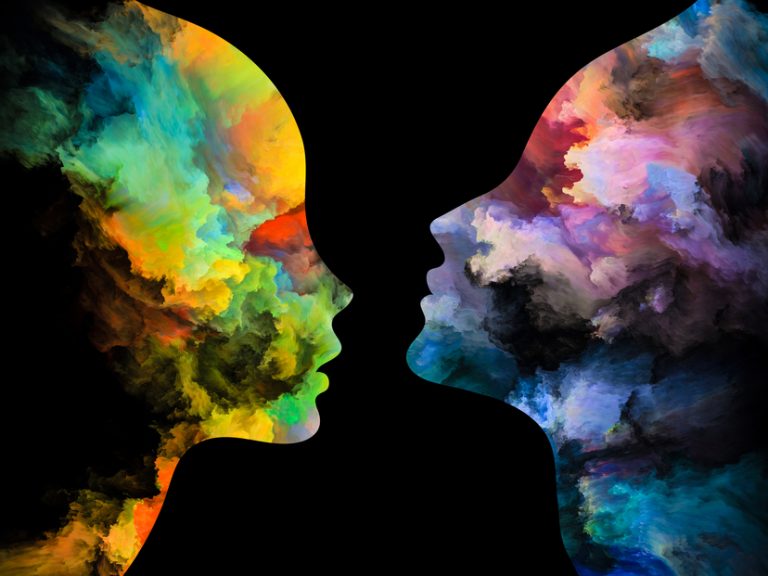The psychology of colour is more powerful than you think
When you think about the colours red and yellow, it might not be too long before you start craving a Big Mac or bucket of KFC.
Or a Pizza Hut. Or a Burger King. Etc.
And it’s no coincidence that so many fast food restaurants apply this colour pairing in their (respective) branding.
According to colour expert Karen Haller, there’s a common logic at work that explains why so many fast food restaurants choose a yellow-and-red theme.
Red, Haller writes on her website, triggers stimulation, appetite and hunger, and it attracts attention, whereas yellow makes us feel happy and friendly.
“When you combine red and yellow,” she explains, “it’s about speed, quickness.’
(It’s also worth noting that yellow is also the most visible at night, so you can spot the Golden Arches when you’re driving and it’s dark outside.)
Good branding makes your customers’ brains light up
Brain-imaging studies have demonstrated that a strong, developed brand influences customer loyalty.
Basically, when shown the right logo, the parts of your brain associated with self-identification, positive emotion and reward will glow on an MRI machine.
So businesses often take developing the right logo seriously — and that starts with selecting the right colour.
Colour is one of the first messages a brand communicates to its customers through advertising, branding and product design, much of it without us even realising.
We make between 62 and 90 percent of our decisions about a product based on colour alone, according to one study from 2006.
And the more you think about it, the more the psychology of colour makes sense.
Think of a company that centres its branding around sustainability or environmental friendliness, for example, such as The Body Shop. Almost all use a green-focused colour scheme.
And there’s no coincidence that companies who aim to project minimalism – such as Apple and The White Company – choose to use white.
There’s a general consensus that bright shades (reds, oranges and yellows) create a feeling of warmth; blue makes us feel cool and calm, whereas greens stirs creative thinking; red stimulates and energises, yellow makes us happy.
Some of these ideas are founded on convincing scientific research.
One study, for example, found that the colour of pills affects how effective we think they are. Subjects reported that red, yellow and orange-coloured tablets created a stimulating effect, while blue and green tablets produced a tranquillising effect.
Another way businesses can use colour to their advantage, aside from luring us in for an impromptu late-night burger, is by saving money on heating bills, according to a Forbes piece suggesting that painting walls with warm colours will make your customers think it’s a few degrees warmer in your store than it actually is.
But it’s not just walls and logos to consider. One study back in 1988 found that people reading about violent crimes were less upset when they read reports written on pink paper, compared to white or blue.
Maybe the Financial Times is on to something.
There’s solid evidence for the psychology of colour: but don’t be taken in by the nonsense
There’s a lot of pseudo-science around the psychology of colour, however, so it’s probably best to tread with caution before painting your entire office red and making your invoices pink.
And there’s also the slight problem that tailoring colour using generic guidelines ignores the fact that colour is often personal.
We all have different preferences and memories associated to colours, as well as cultural differences.
And it’s hardly surprising that research has found that men and women are more attracted to colours culturally associated to their own gender – something to consider if you’re target market is all female or all male.
But while the science is thin on the ground (a meta-analysis of 40 studies on colour psychology found contradictory results and recommended more research is needed on the matter) there is something to be said for our own culturally based associations.
Does red-and-yellow really make us hungry? Or does it just make us think of a cheeseburger?
We don’t yet understand enough about how the brain works to know for sure. But how colours make you feel is a good place to start.









